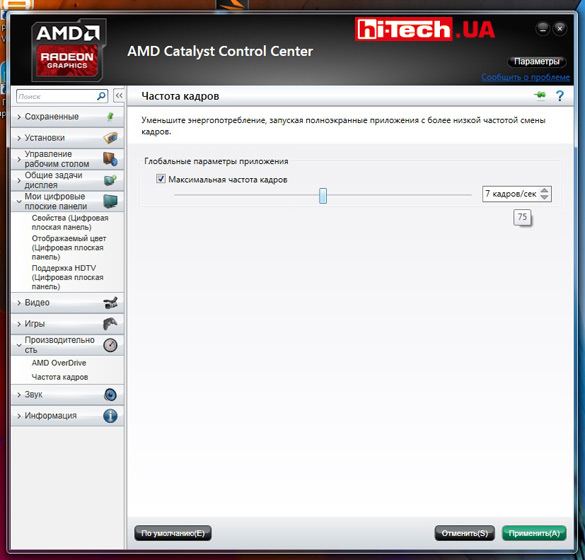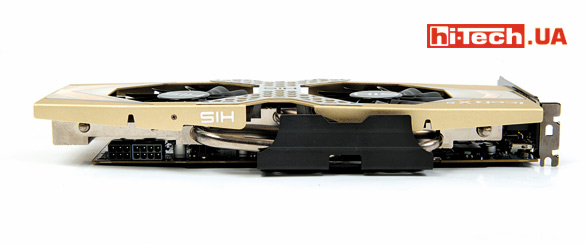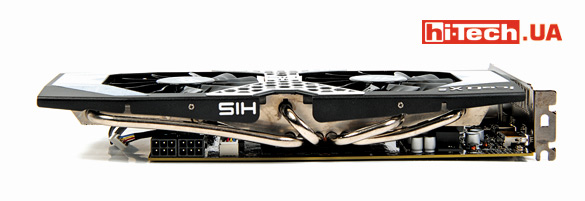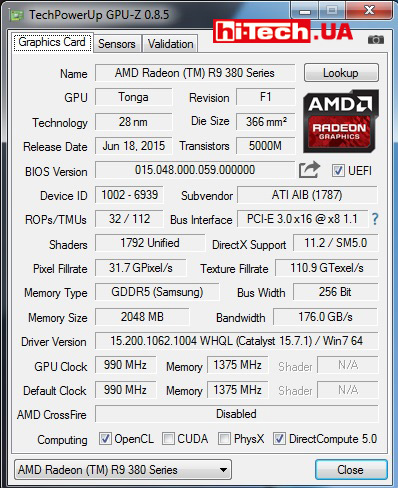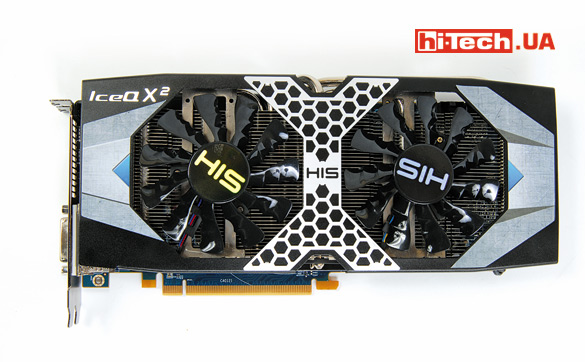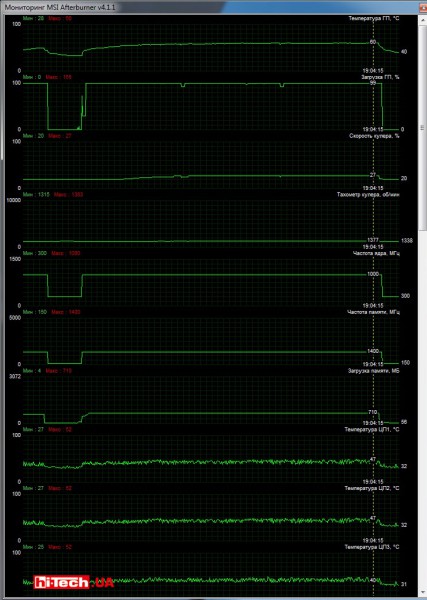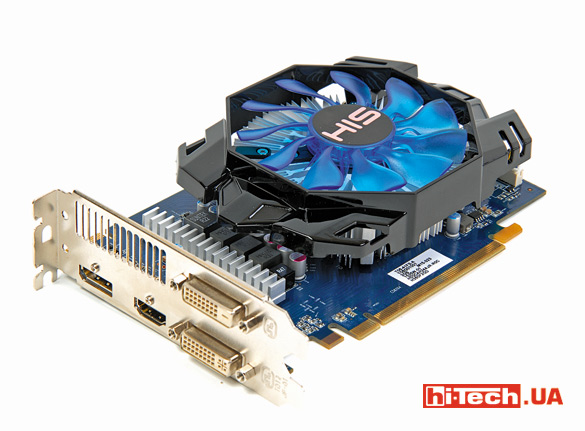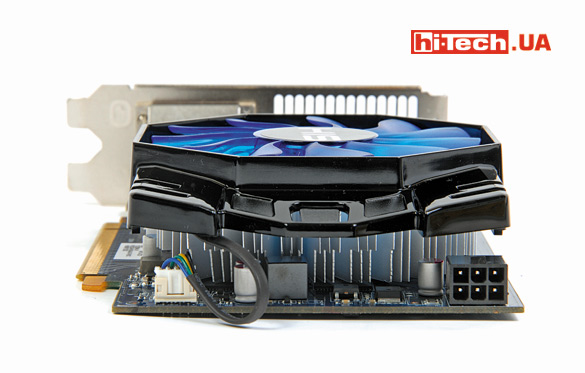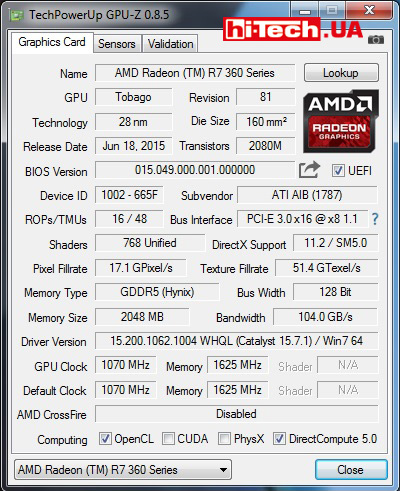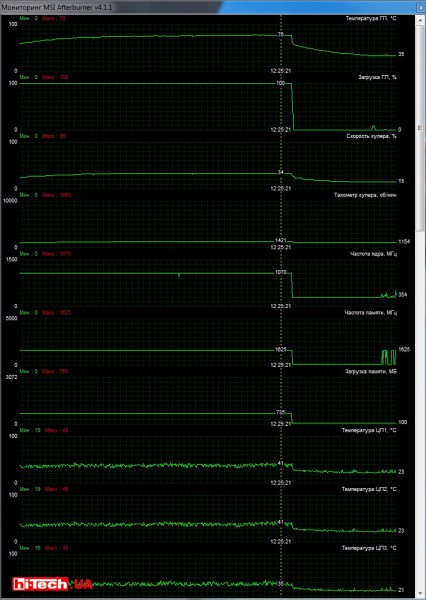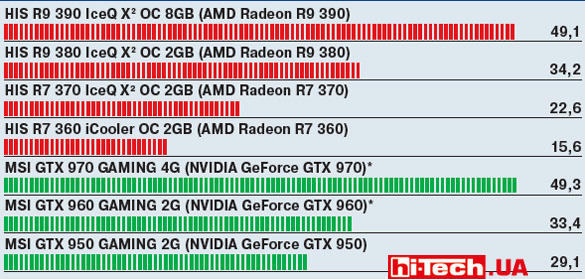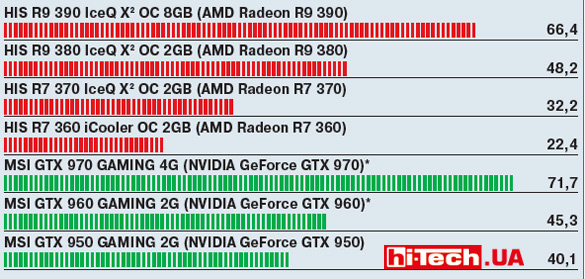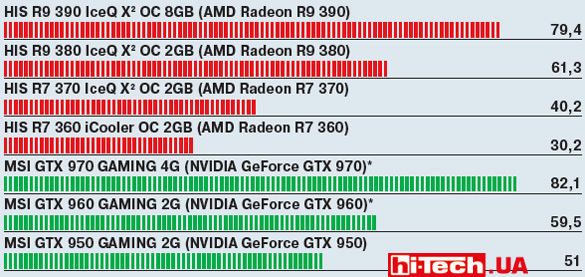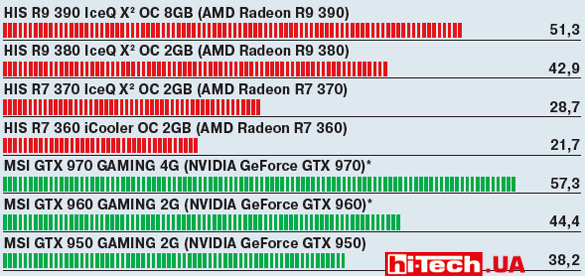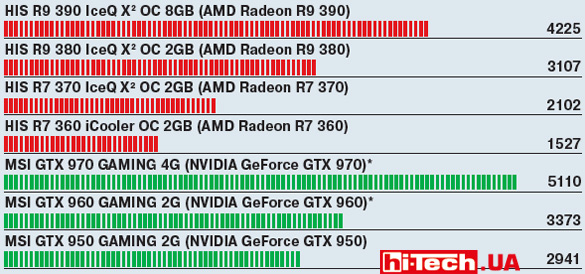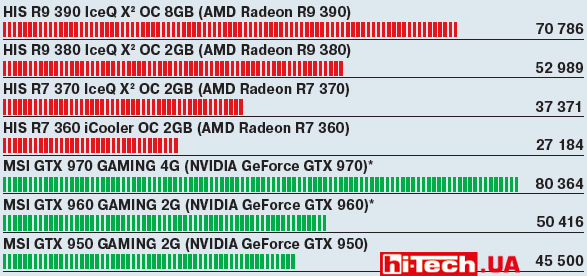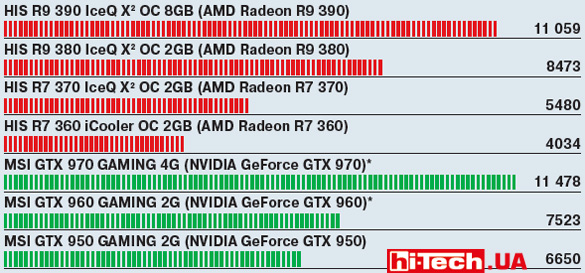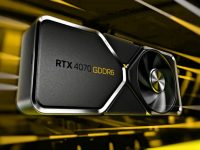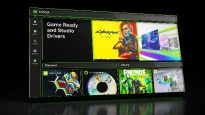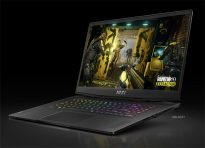New AMD Radeon 3xx series. Test of HIS video cards based on Radeon R9 390, R9 380, R7 370 and R7 360
16.10.15Are there many new things in the AMD Radeon 3xx series video cards? As it turned out, just a little. Details are in our review of video cards HIS R9 390 IceQ X² OC 8GB, HIS R9 380 IceQ X² OC 2GB, HIS R7 370 IceQ X² OC 2GB and HIS R7 360 iCooler OC 2GB
Cases when video card manufacturers NVIDIA and AMD use some video cards of previous generations in their new lines, replacing mainly only the name (rebranding), are not uncommon.
But this time AMD went even further. ![]() Its latest line of video cardsAMD Radeon 3xx (R9 390X, R9 390, R9 380, R7 370 and R7 360) consists entirely of solutions from previous series</strong > with a slight increase in frequencies and optimization of the 28-nanometer process technology.
Its latest line of video cardsAMD Radeon 3xx (R9 390X, R9 390, R9 380, R7 370 and R7 360) consists entirely of solutions from previous series</strong > with a slight increase in frequencies and optimization of the 28-nanometer process technology.
However, we should not forget that in addition to the Radeon 3xx, AMD this year released the R9 Fury and R9 Nano lines with truly new products.
If you analyze the characteristics (see table below), you can make pairs with products of different generations that are almost identical in characteristics: AMD Radeon R9 390X – R9 290X, R9 390 – R9 290, R9 380 – R9 285, R7 370 – R7 265, R7 360 – R7 260.
Functionally (hardware video decoding and transcoding capabilities, proprietary technologies supported by API, etc.), the new products completely repeat their predecessors, which is quite logical.
However, the architectures of previous generations used in Radeon 3xx and solutions based on them are still quite relevant. ![]() The main thing is to position the device correctly and set a competitive price.
The main thing is to position the device correctly and set a competitive price.
By the way, for some time now the company has prepared interesting Virtual Super Resolution (VSR) and Frame Rate Target Control (FRTC) technologies for AMD Radeon video cards of recent years and some AMD processors with built-in video.
VSR, according to AMD, allows you to improve image quality in games by processing images at a higher resolution and then reducing them to the screen resolution. In addition, in some games (usually strategy games), turning on VSR can achieve a wider viewing angle (more objects fit on the screen).
FRTC is a manual limitation of FPS at a selected level to reduce power consumption and heat dissipation of the video card. For example, a video card is capable of delivering 100 FPS in a game, but if you limit the level to 70 FPS, it will not operate at full capacity, generating less heat and operating with less noise. This may be relevant in powerful video adapters.
We tested video cards based on AMD Radeon R9 390, R9 380, R7 370 and R7 360 made by HIS. ![]() For a complete set of the Radeon 3xx series, the only thing missing was a video adapter based on the AMD Radeon R9 390X.
For a complete set of the Radeon 3xx series, the only thing missing was a video adapter based on the AMD Radeon R9 390X.
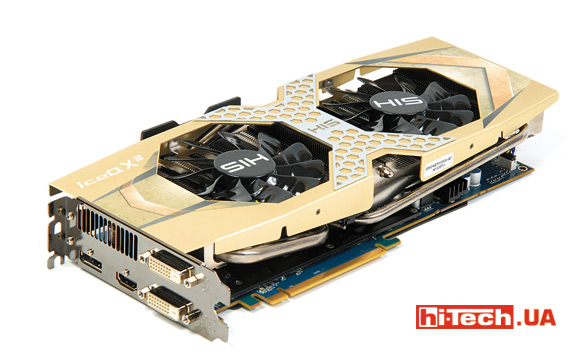
The cooling system is massive, but the HIS R9 390 IceQ X² OC 8GB video card takes up no more than two expansion slots
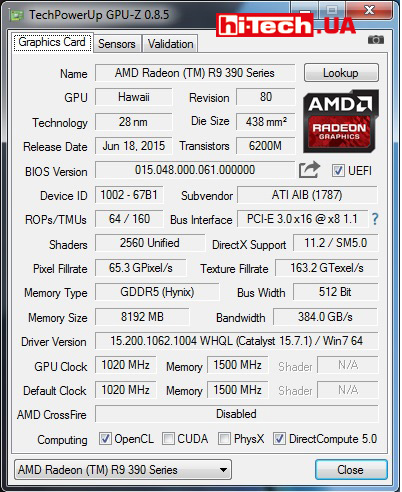
HIS R9 390 IceQ X² OC 8GB. Data GPU-Z
HIS R9 390 IceQ X² OC 8GB (based on AMD Radeon R9 390) is equipped with a proprietary, rather massive cooling system with five heat pipes. Taking into account the TDP of the video card at 275 W, such a powerful system is very appropriate. Under load in games, the maximum temperature was 83 ° C. However, we did not have any particular complaints about noise.

The video card has two BIOS versions with quieter and more powerful graphics card settings. This is a fairly common solution on AMD video adapters. The selection is made using a special switch. All testing was carried out with the BIOS configured for high video card performance
It’s interesting that the HIS R9 390 IceQ X² OC has as much as 8 GB of video memory, although we don’t think that this is very relevant in such a video card. The prefix OC in the name indicates factory overclocking of video cards. Yes, there is acceleration, but very little. The increase in the standard GPU frequency was only 20 MHz. ![]() Memory frequency is standard.
Memory frequency is standard.
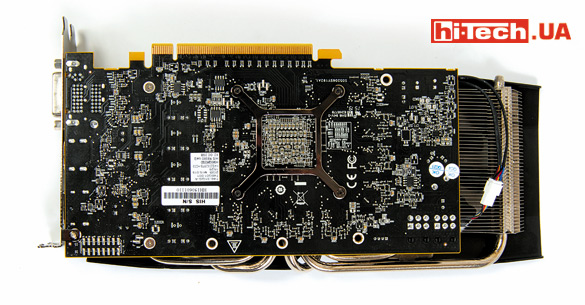
Unlike the older HIS R9 390 IceQ X² OC 8GB, the HIS R9 380 IceQ X² OC 2GB and HIS R9 370 IceQ X² OC 2GB video cards do not have an additional plate on the back side
HIS R9 380 IceQ X² OC 2GB (based on AMD Radeon R9 380) and HIS R7 370 IceQ X² OC 2GB (based on AMD Radeon R7 380) are very similar in appearance and use an identical proprietary cooling system. It’s a little strange, but according to the test results, the maximum GPU temperature in games of the HIS R7 370 IceQ X² OC was higher than that of the more powerful one, both in terms of performance and in terms of heat dissipation, the HIS R9 380 IceQ X² OC (60 and 56 °C, respectively ). It turned out that the fans of the HIS R7 370 IceQ X² OC spun a little faster, although we didn’t even notice the difference in noise. Video cards are quite quiet in operation.
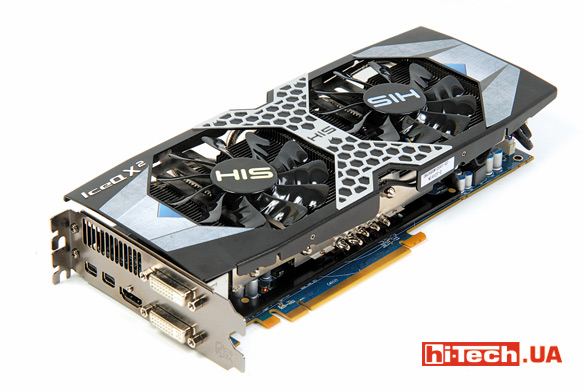
HIS R7 370 IceQ X² OC 2GB is the only video card of our four where the full-size DisplayPort video output is replaced by a pair of Mini DisplayPorts
Factory overclocking of HIS R9 380 IceQ X² OC 2GB and HIS R7 370 IceQ X² OC 2GB is very minor and only applies to the GPU. In the first video card, the GPU frequency is raised from 970 to 990 MHz, and in the second – from 975 to 1000 MHz.
HIS R7 360 iCooler OC 2GB (based on AMD Radeon R7 360) looks much more modest than its counterparts. But it also has more modest characteristics. A relatively simple cooling system without heat pipes is quite sufficient here. The maximum temperature we recorded was 76°C. The graphics processor of the video card is overclocked by only 20 MHz. In this regard, the kinship with other HIS video accelerators is clearly visible.
HIS R9 390 IceQ X² OC 8GB (H390QM8GD)
| Video card model | AMD Radeon R9 390 |
| Interface | PCI Express 3.0 x16 |
| GPU | Grenada PRO |
| Technical process | 28 nm |
| Video memory | 8 GB, GDDR5 |
| Memory bus | 512 bit |
| GPU frequency | 1020 MHz |
| Resulting memory frequency | 6000 MHz |
| Supports DirectX instructions | 12 |
| Outputs | HDMI, 2x DVI, DisplayPort |
| Supplier | HIS Representative |
| Price | $405 |
HIS R9 390 IceQ X² OC 8GB rating:
+ high performance
+ powerful cooling system
– high power consumption of the video card
– minimal factory overclocking
Graphics card HIS R9 380 IceQ X² OC 2GB (H380QM2GD)
| Video card model | AMD Radeon R9 380 |
| Interface | PCI Express 3.0 x16 |
| GPU | Antigua |
| Technical process | 28 nm |
| Video memory | 2 GB, GDDR5 |
| Memory bus | 256 bit |
| GPU frequency | 990 MHz |
| Resulting memory frequency | 5500 MHz |
| Supports DirectX instructions | 12 |
| Outputs | HDMI, 2x DVI, DisplayPort |
| Supplier | HIS Representative Office |
| Price | $235 |
HIS R9 380 IceQ X² OC 2GB rating:
+ efficient cooling system
– minimal factory overclocking
Video card HIS R7 370 IceQ X² OC 2GB (H370QM2G2M)
| Video card model | AMD Radeon R7 370 |
| Interface | PCI Express 3.0 x16 |
| GPU | Trinidad |
| Technical process | 28 nm |
| Video memory | 2 GB, GDDR5 |
| Memory bus | 256 bit |
| GPU frequency | 1000 MHz |
| Resulting memory frequency | 5600 MHz |
| Supports DirectX instructions | 12 |
| Outputs | HDMI, 2x DVI, 2x Mini DisplayPort |
| Supplier | HIS Representative |
| Price | $182 |
HIS R7 370 IceQ X² OC 2GB rating:
+ efficient cooling system
– minimal factory overclocking
HIS R7 360 iCooler OC 2GB (H360F2GD)
| Video card model | AMD Radeon R7 360 |
| Interface | PCI Express 3.0 x16 |
| GPU | Tobago |
| Technical process | 28 nm |
| Video memory | 2 GB, GDDR5 |
| Memory bus | 128 bit |
| GPU frequency | 1070 MHz |
| Resulting memory frequency | 6500 MHz |
| Supports DirectX instructions | 12 |
| Outputs | HDMI, 2x DVI, DisplayPort |
| Supplier | HIS Representative Office |
| Price | $135 |
HIS R7 360 iCooler OC 2GB rating:
+ compact dimensions
+ low power consumption
– minimal factory overclocking
Test platform configuration:
| Processor | Intel Core i7-3770K |
| Motherboard | Biostar Hi-Fi Z77X |
| RAM capacity | 4×2 GB DDR3 1333 |
| Storage | SSD Adata S511 120 GB |
| Operating system | Windows 7 64 bit |
| Monitor | Samsung SyncMaster 245T |
| Power supply | Thermaltake Thoughpower 1500W (TP-1500M) |
Test histograms:
Sniper Elite V2 1920×1080 h. quality, fps
Metro: Last Light 1920×1080 выс. качество, кадр./с
Sleeping dogs 1920х1080 выс. качество, кадр./с
Tomb Raider 2013 1920х1080 выс. качество, кадр./с
Total War: Rome II 1920х1080 выс. качество, кадр./с
3DMark 11, Extreme scores
3DMark Cloud Gate (GPU Scores)
3DMark Fire Strike (GPU Scores)
Энергопотребление системы, Вт (меньше — лучше)
* — The MSI GTX 970 GAMING 4G video card was tested in December 2014, and the MSI GTX 960 GAMING 2G was tested in March 2015. Accordingly, the performance results of these video adapters were obtained using driver versions that were current at the time of testing
Conclusions
First, pay attention to how proportionately the performance of video cards in the AMD Radeon 3xx line differs. Each transition to the older model is accompanied by a noticeable increase in performance. In comparison, the performance difference between the NVIDIA GeForce GTX 960 and GTX 950 is very small.
As partners for the presented participants, we selected video cards based on NVIDIA GeForce GTX 970, GTX 960 and GTX 950 made by MSI. All these video cards have slightly increased frequencies compared to the reference ones.
The closest AMD Radeon R9 390 in the performance of HIS R9 390 IceQ X² OC 8GB in speed is NVIDIA GeForce GTX 970. In some tests the R9 390 comes close, and in others the GTX 970 has a very slight advantage.
In the confrontation between AMD Radeon R9 380 and NVIDIA GeForce GTX 960 – approximate parity. The R9 380 is faster in some games, while the GTX 960 is faster in others.
Video cards HIS R7 370 IceQ X² OC 2GB, HIS R7 360 iCooler OC 2GB based on the AMD Radeon R7 370 and R7 360, respectively, have more modest performance. And at the moment there are no direct competitors for them in the NVIDIA GeForce ninth series line.
In terms of power consumption, if we take into account video cards of comparable performance, NVIDIA devices have a noticeable advantage. Still, the architectures of previous generations do not allow video cards based on AMD Radeon 3xx to compete on equal terms with NVIDIA devices in this category.
Summing up the provided HIS video cards, we can note that the devices performed very well. We don’t have any major comments. Branded systems do a good job of dissipating heat and do not cause any noise during operation. I would, of course, like more factory overclocking – the increase in frequencies turned out to be painfully modest.
Read also:
Engineer of the Test Laboratory
Don't miss interesting news
Subscribe to our channels and read announcements of high-tech news, tes
Logitech M196 mouse review: small and long
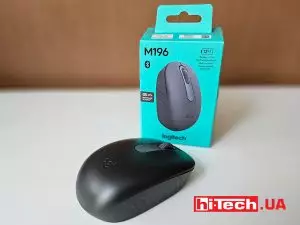
The Logitech M196 mouse is designed for work, affordable, convenient in size, wireless, and lasts all year on a battery. What else is needed?
Vodafone has expanded available roaming for Ukrainians to all EU countries
VodafoneVodafone Ukraine has expanded the possibilities of using mobile communication services, allowing its subscribers to use home tariffs in 28 countries of the European Union
Nvidia will release its ARM processors for PCs in September 2025
Nvidia processorNvidia plans to release its ARM processors for PCs in September 2025, which will compete with Qualcomm’s Snapdragon X line




